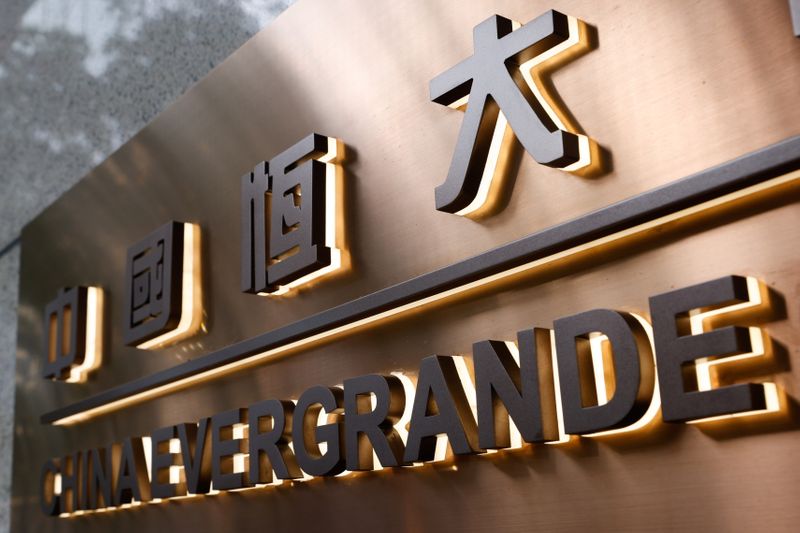(Bloomberg) -- China’s infrastructure stimulus is boosting economic activity but it’s not large enough to offset the hit to construction caused by the ongoing property slump, high-frequency data show.
Spending on areas such as water, roads, communications and healthcare facilities has been growing at double-digit rates for the past two months compared to last year, according to Goldman Sachs calculations based on official data released this week. That is up from almost zero growth last year, according to the official data.
The expansion is confirmed by satellite images of road construction projects in 13 provinces analyzed by Four Squares Technology Ltd. They estimate the area of roads under construction grew 6.3% in July from the previous year, a turnaround from earlier this year, when it was shrinking.
However, that isn’t doing enough to revive China’s vast construction sector. Four Squares’ data show the area of land covered by construction projects launched in July in the three-largest city regions -- around Beijing, Shanghai and Guangzhou -- fell 44% compared with a year ago.
The total area of land covered by new and ongoing construction in those city regions fell 1% in July compared to a year earlier.
The reason is plunging property investment. A liquidity crisis among China’s property developers has led to a plunge in their new projects and put about 5% of existing apartment construction on hold, equivalent to an estimated 500 million square meters of floor space, sparking mortgage strikes by angry homebuyers.
Construction activity is down nationwide as a result, with data from Japanese company Komatsu showing heavy equipment was used less in July than in the same month last year. That drop was also seen in demand for industrial goods last month, with steel output falling to its lowest level since 2018 and cement production down 7% from the previous year.
With Beijing yet to announce a comprehensive plan to ease financial stress in the property sector, there appears to be little hope of an overall construction recovery. Excavator sales, a sign of construction industry expectations, fell 25% in July.
China’s local governments have issued a record amount of special bonds mainly used to fund infrastructure investment and Beijing has called on state-owned policy banks to help steer funding to projects.
The Securities Times said in a commentary Wednesday that infrastructure projects make up almost a fifth of China’s total outstanding local currency loans and will continue to be the main recipient of long-term loans to the corporate sector this year.
What Bloomberg Economics Says...
A pickup in China’s Covid-19 cases and the deepening housing slump are increasing pressure on consumption and pockets of production, high-frequency data show. The readings support our view that a recovery in the second half of the year could be a struggle.
David Qu, China economist
Infrastructure investment is likely to accelerate further and ultimately grow 10%-13% this year, according to Le Xia, chief Asia economist at Banco Bilbao. Given that infrastructure investment is around 15% of China’s total gross domestic product, that could drive 1.5%-2% of total real GDP growth, he estimates.
But a possible double-digit decline in property investment means that the overall contribution of investment -- including in manufacturing facilities -- to GDP could be less than last year’s of about 1.1%, he added.
China’s infrastructure investment this year has been concentrated in urban infrastructure, water utilities, telecommunications, power generation and healthcare facilities, according to official data, with transport spending growing more slowly.
There are large regional disparities, with Hubei province recording a near 22% increase in fixed-asset infrastructure investment in the first half of the year, while lockdown-hit Shanghai saw that spending fall 38%.
©2022 Bloomberg L.P.
